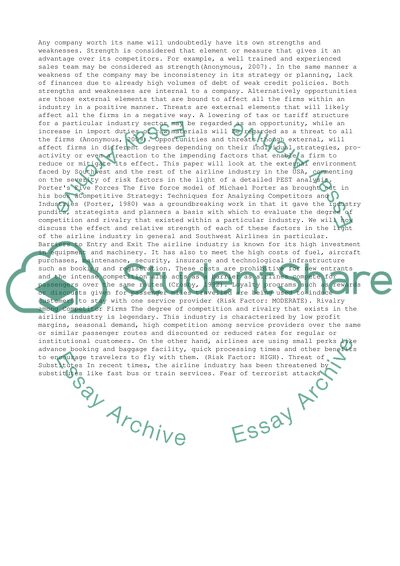Cite this document
(“Southwest Airlines: Analysis of Environment Essay”, n.d.)
Southwest Airlines: Analysis of Environment Essay. Retrieved from https://studentshare.org/management/1455807-mgt599-strategic-management-mod-2-case-assignment
Southwest Airlines: Analysis of Environment Essay. Retrieved from https://studentshare.org/management/1455807-mgt599-strategic-management-mod-2-case-assignment
(Southwest Airlines: Analysis of Environment Essay)
Southwest Airlines: Analysis of Environment Essay. https://studentshare.org/management/1455807-mgt599-strategic-management-mod-2-case-assignment.
Southwest Airlines: Analysis of Environment Essay. https://studentshare.org/management/1455807-mgt599-strategic-management-mod-2-case-assignment.
“Southwest Airlines: Analysis of Environment Essay”, n.d. https://studentshare.org/management/1455807-mgt599-strategic-management-mod-2-case-assignment.


